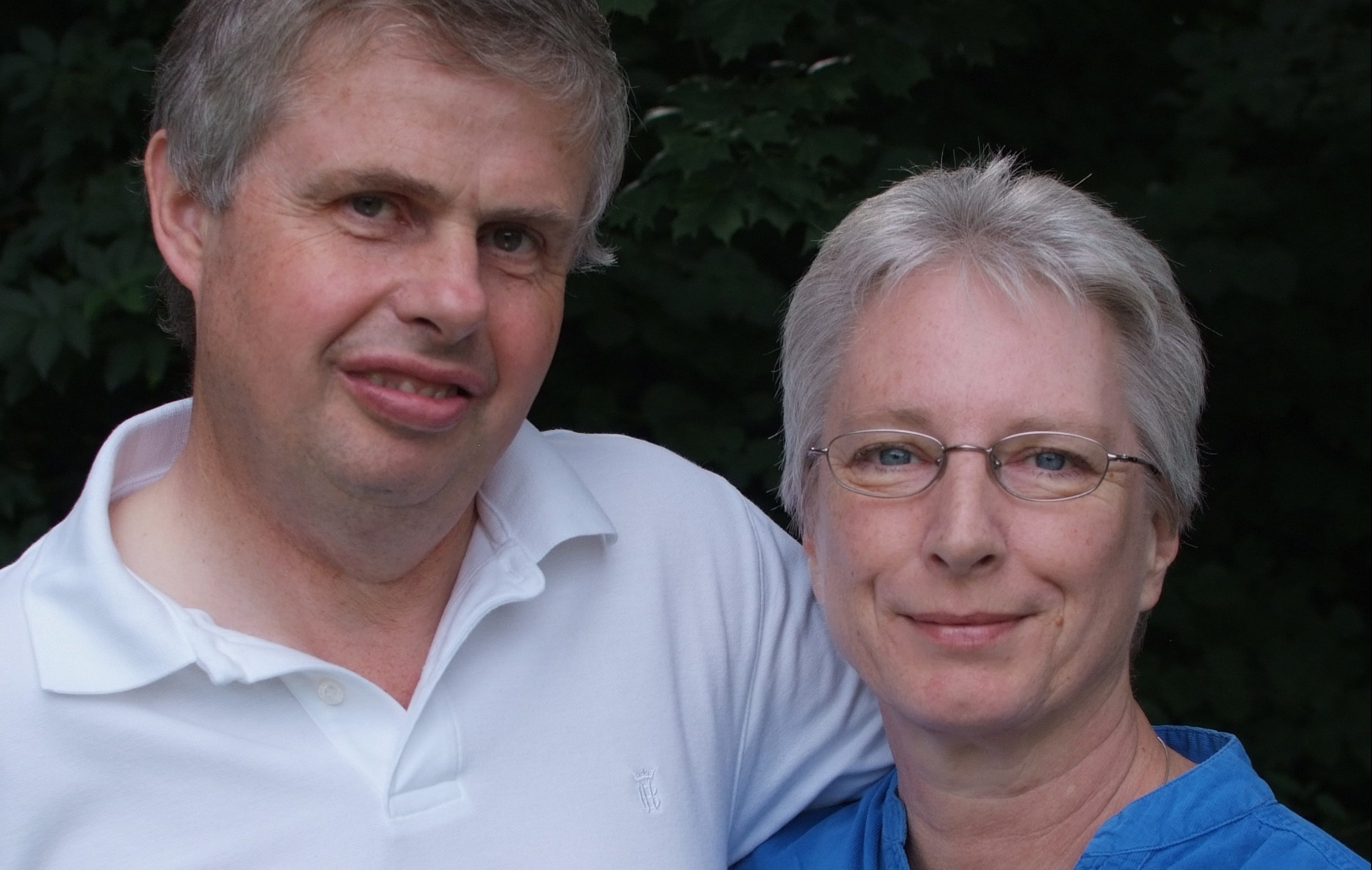
SALLY PASCALL knows she’s flying in the face of the statistics.
Pancreatic cancer has the lowest survival rate of all of the 20 most-common cancers, with less than 7% of people living five years beyond their diagnosis.
Sally, however, was diagnosed six and a half years ago, and admits: “I’m incredibly fortunate, and I do know it. As I still say to my husband: ‘I’m not going to be a statistic until I’m dead, I refuse!’
“Thankfully, I’m very fortunate to be in the statistic that I never thought I would be — of those who survive beyond five years.
“We’re in unknown territory here, the doctors don’t know what’s going on, as I’m helping rewrite the books.
“I turned 60 in September and it was a milestone I thought I’d never see, though I’ve passed several of those, such as our 30th wedding anniversary and seeing our son graduate.
“I took early retirement when I was on my second lot of chemo, because I thought that was it and I’d just enjoy life — and I’m still enjoying it now!”
Sally is quite candid about what she thought when she was first diagnosed, saying: “Oh, we just assumed that was it.
“I worked in the NHS as a physiotherapist and my husband is a scientist who works in cancer research, so neither of us had any illusions immediately as to what the potential was and what we thought would happen.
“There have been occasions when we thought: ‘Actually, ignorance would be bliss,’ because then you would come to a gradual understanding of what you’ve just been told rather than thinking: ‘Yup, that’s it, we know where we’re going now.’”
A major factor in pancreatic cancer’s survival rate is the fact 80% of people simply aren’t diagnosed quickly enough.
Fully one-third of us wouldn’t be worried by the early symptoms, which can be vague and attributable to any number of less-serious conditions.
“They’re very obscure a lot of them,” nods Sally, now based in East Anglia.
“I was fortunate in that I became jaundiced, so it was fairly obvious that something pretty major was wrong.
“I first noticed my wee was really dark and 10 days later, I was seeing the oncologist having had an ultrasound.
“I was pretty much daffodil-coloured by then, so it was fairly clear something horrendous was going on.
“Looking back, I think I probably had indigestion symptoms, but I just put that down to being really busy at work because we would rush off the ward, throw lunch down our necks and probably be writing patient lists or answering our bleep at the same time.
“At the end of that, I found it really uncomfortable to get going and I’d get a bit windy, and that got worse over the months prior to diagnosis.
“I was very tired at work, but I just put that down to my age because I was the matriarch of the department by that point.
“If you’d had a bad night on call or a bad weekend at my age you didn’t cope with lack of sleep as well.
“I got an emergency appointment with a GP and he was brilliant.
“My husband is a lovely man, but he’s a pessimist and had been saying: ‘Do you think it’s cancer?’
“I’d say: ‘I feel too well for it to be cancer.’
“I was joking about it to the GP, but he didn’t smile or say anything.
“He phoned me with my blood results that night, and by the Thursday, I was having the scan and that’s when the hepatologist told me.
“I was lucky my tumour was at the base of my bile duct and that’s why I got the jaundice, and it hadn’t spread.
“I got a cancellation for a CT scan and it showed it was operable, but there was a bit of a delay in getting to the surgeons.
“We’d sent an email round family and friends because we wanted to get talking about cancer out of the way, and amazingly, I received three offers of money to have private surgery.
“I was bowled over but thought: ‘Even if I take this, the chances are I’m going to die anyway and it’d be a waste of a lot of money.’
“I had the surgery about a month after my diagnosis.
“I then had chemotherapy for six months and got back to work, but I developed diabetes and they found two small peritoneal tumours.
“At that point, I thought: ‘It’s curtains.’
“There was an experimental treatment they only offered to fitter patients because a lot of people can’t stand it, and I did six months of that which was pretty hideous.
“But the average length of time it bought people at that point was 11 months, and it’s now coming up to five years.
“I’ve still got the larger of the two peritoneal tumours, but it’s unchanged and I feel fantastic, better than I have done for years.”
Pancreatic Cancer UK provide expert support and information via their Support Line (Freephone 0808 801 0707) or you can visit www.pancreaticcancer.org.uk

Enjoy the convenience of having The Sunday Post delivered as a digital ePaper straight to your smartphone, tablet or computer.
Subscribe for only £5.49 a month and enjoy all the benefits of the printed paper as a digital replica.
Subscribe